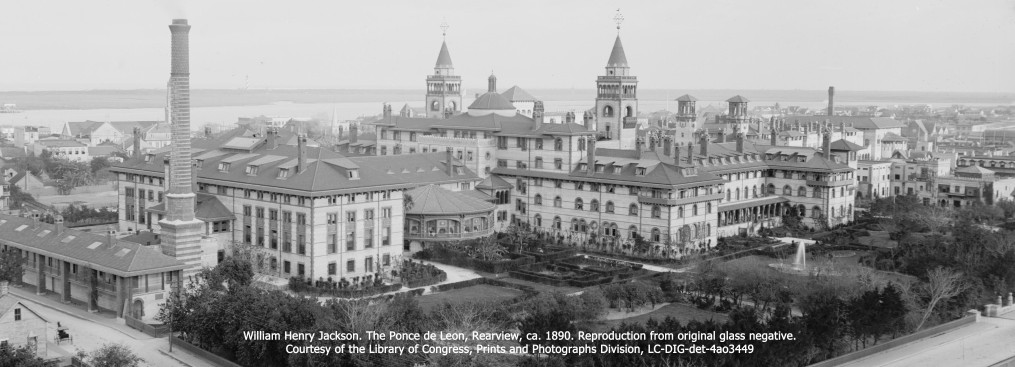Born on August 11, 1819 in Lumberville, Pennsylvania, Martin Johnson Heade became a successful American oil painter traveling the world amidst an unstable country on the brink of warfare. A student of the Hudson River School and studying under Edward Hicks, Heade embraced romanticized paintings of landscapes, still-life, and portraits. However, he is best known for his paintings of tropical birds and flowers and his Eastern salt marsh landscapes.
It wasn’t until the aftermath of the Seminole Wars, Civil War, and Reconstruction did Heade visit Florida in 1883 – shortly before the arrival of the famous entrepreneur, Henry Morrison Flagler (who would come to be his leading patron). As a result, Heade became the first nationally-recognized artist to become a full-time citizen of Florida, making St. Augustine his home town during the final and most-mature period of his long career.
During his stay, Heade’s paintings helped construct the ideals of reconciliation and forgiveness of the South’s reputation following the Civil War – promoting a new attitude of appeal, charm, and magnetism for the state of Florida. In a sense, Heade contributed to an early form of advertisement and marketing not only for St. Augustine, but the entire region of the South.
Locals favored and praised Heade, regarding him as the most admired and revered artist in town. He continued to paint landscapes and flower pieces until his death in 1904, after which he slowly came to be forgotten in the Northeast. His work, which was rediscovered during the resurgence of interest in Hudson River School paintings in the 1940s, has been increasingly appreciated in the superseding years and now has a renowned and influential standing.
Author: Emily Wertley, Flagler College
Bibliography:
- Martin Johnson Heade Organization, “Martin Johnson Heade Biography.” Last modified 2013. Accessed March 12, 2013. http://www.martin-johnson-heade.org/contact.html.
- White Mountain Art & Artists, “Martin Johnson Heade.” Last modified March 6, 2013. Accessed March 12, 2013. http://whitemountainart.com/Biographies/bio_mjh.htm.
- Artchive, “Martin Johnson Heade.” Last modified 2013. Accessed March 12, 2013.http://www.artchive.com/artchive/H/heade.html.
- Favis, Roberta Smith. Martin Johnson Heade in Florida. Gainesville, FL: The University Press of Florida, 2003.
